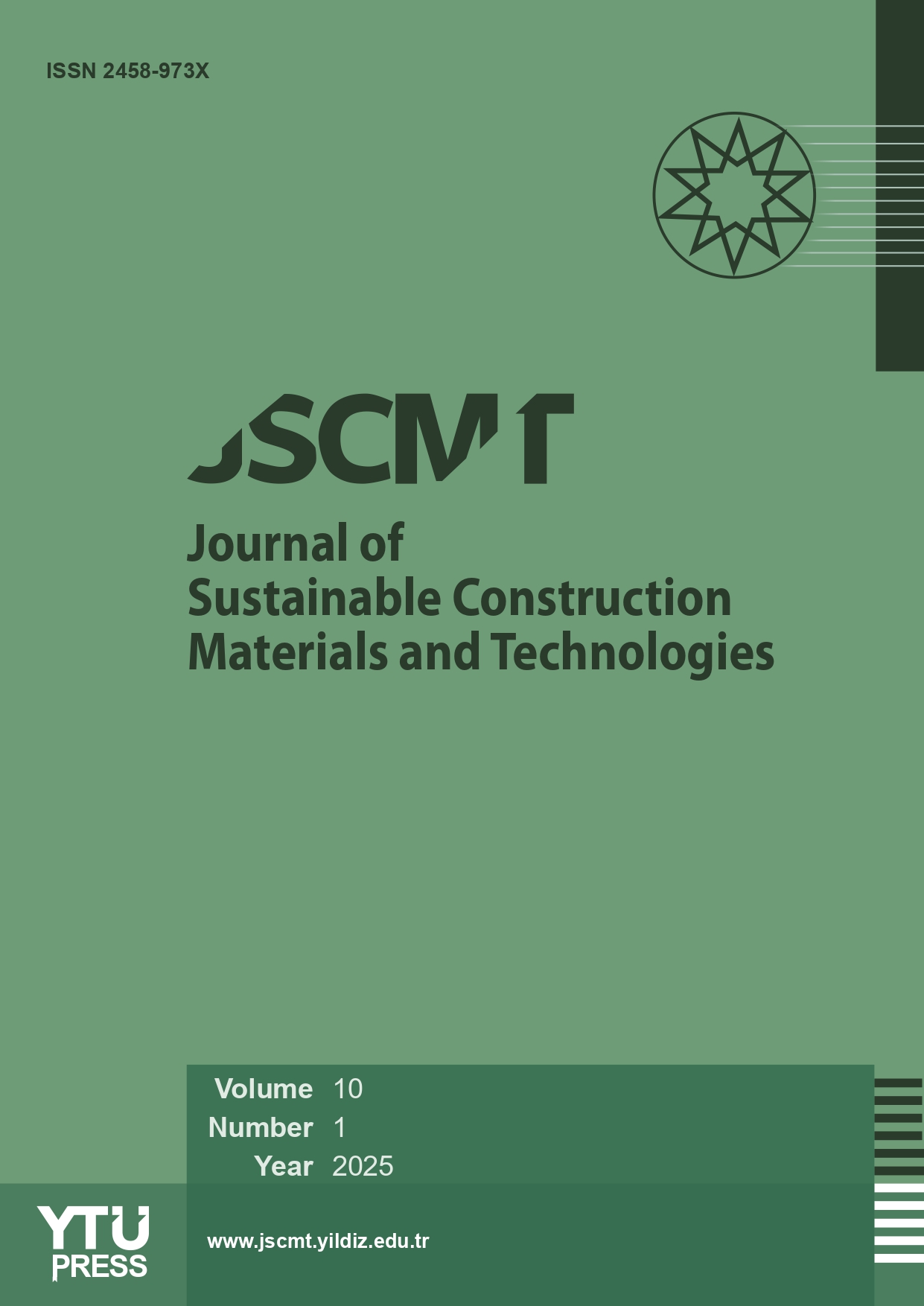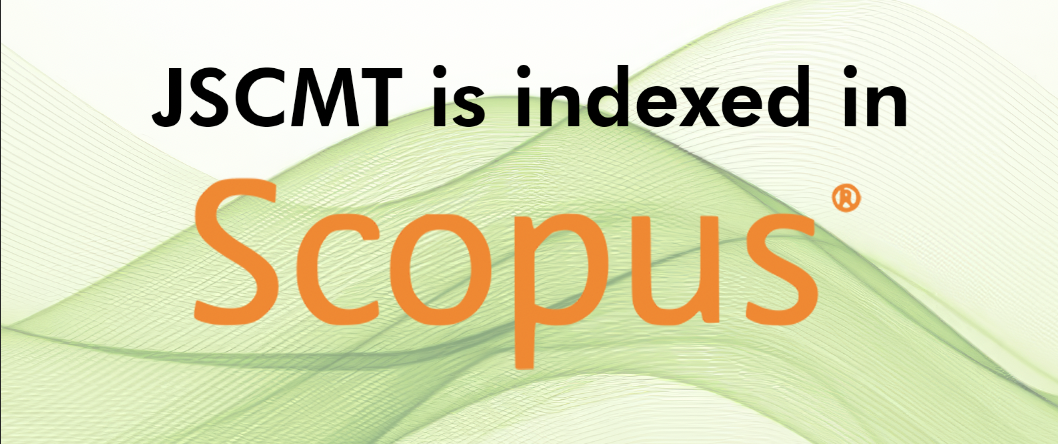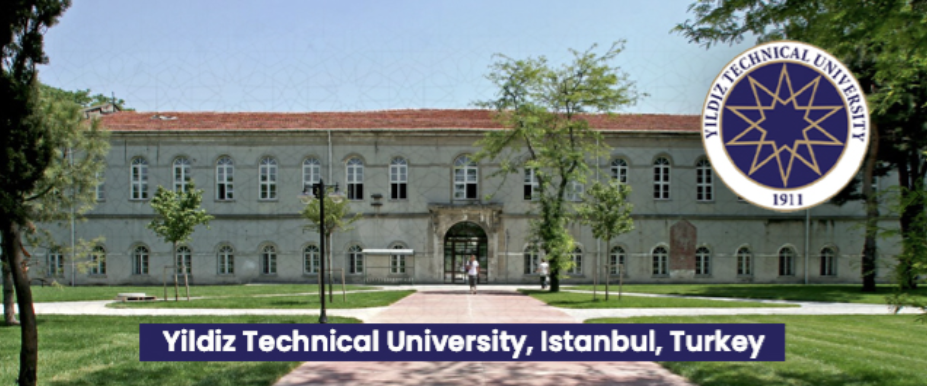Abstract
This study investigated the long-term crack healing of asphalt mixtures treated with healing agents (HAs). Five crack healing agents were applied on fractured surfaces of asphalt mixtures and the long-term healing performance was evaluated based on the restored peak strength and fracture energy. Long term healing of the mixtures was predicted using the Modified Wool and O’Connor model, a modified Avrami model and a long-term healing prediction model
proposed in this study. Test results indicated that the proposed healing model and the modified Avrami model could predict the long-term healing of the asphalt mixtures. Crack healing comprised of an instantaneous component and a time dependent healing component. The instantaneous component was attributed to crack wetting and the adhesion of the healing agents onto the fracture surfaces. The time dependent component was ascribed to molecular flow of the HAs. Additional healing due to hardening and drying of the HAs’ residue succeeded molecular flow healing. The temperature dependence of crack healing using HAs follow the Arrhenius law. The healing activation energies determined based on this law were dependent on the type of the HA. Maltene based HAs have a lower activation energy, hence, they required less energy to stimulate the recovery of the material response parameters.
















